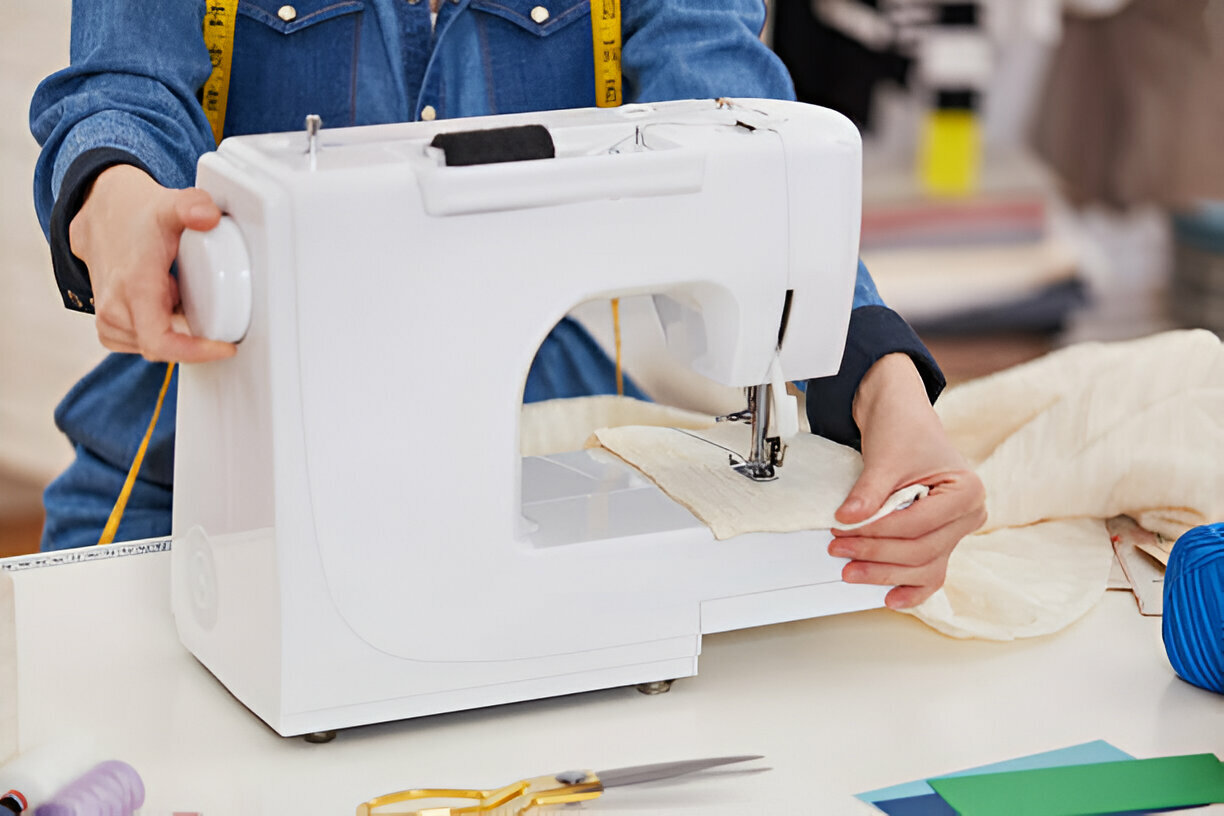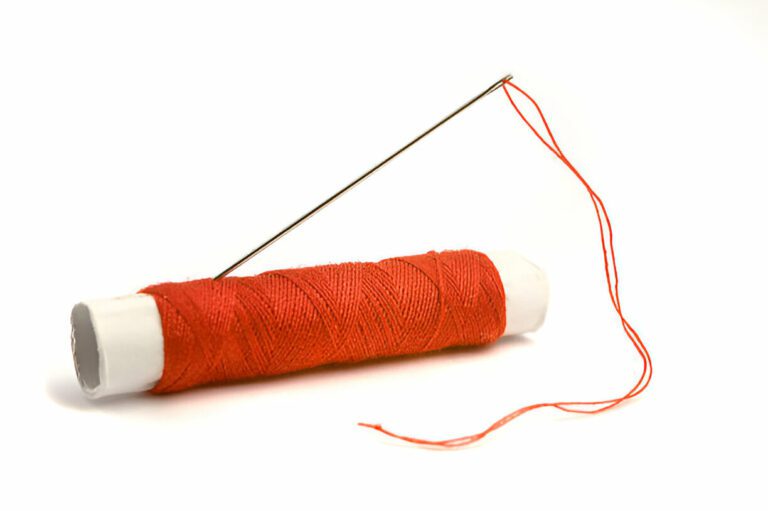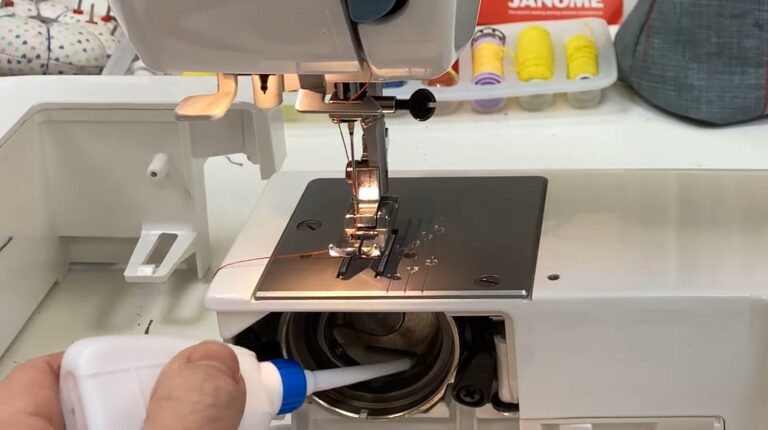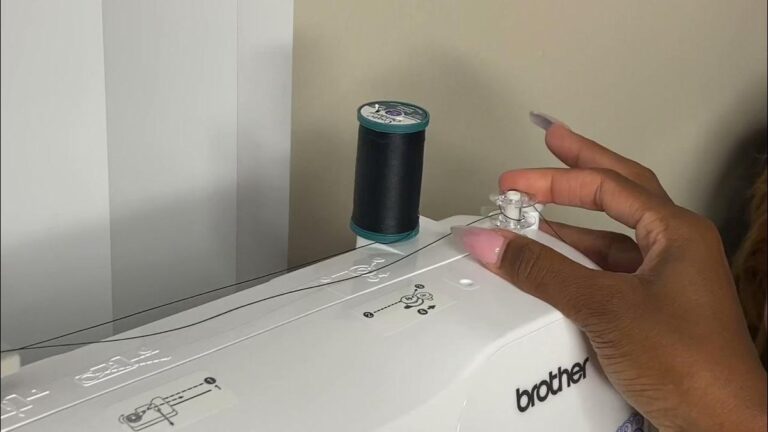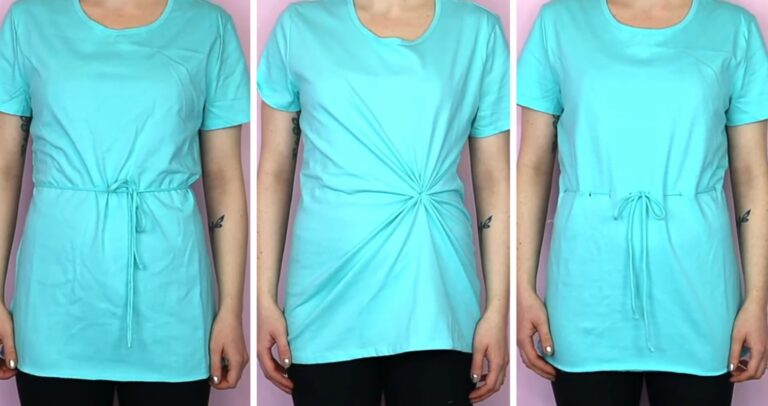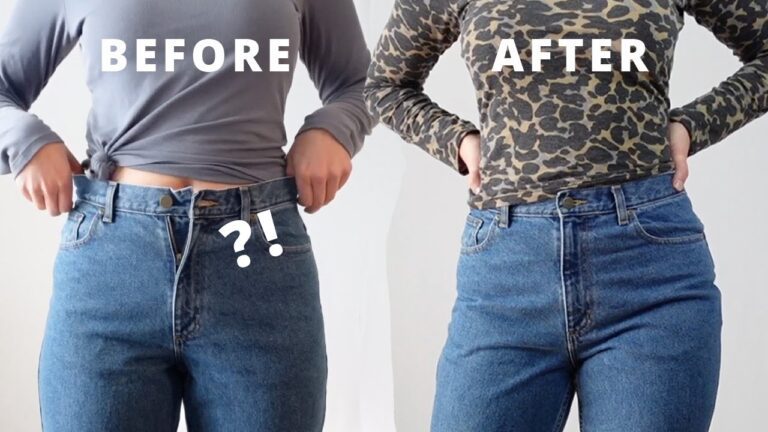How to Start Sewing?
Sewing is a skill that seems simple until you sit down in front of your sewing machine. The moment questions arise in your mind—Where do I begin? What fabric should I use? Why does my thread keep tangling?
Trust me I have been there and every beginner has faced these same struggles. If you are overwhelmed but excited to start, this guide is for you.
Everyone’s stepping towards sewing may be different. Some might inherit their grandma’s vintage sewing machine, some may pick from a thrift store and others want to fix their favorite pair of ripped jeans. For me, it started with a simple goal: I wanted to transform an old T-shirt into something wearable.
It was a disaster, but that’s where learning happens. If you are starting, your first stitches might be crooked, and you probably miss the backstitch, but that’s okay. The goal isn’t to create a masterpiece but to get comfortable with your machine and build confidence.
Start sewing- Here’s what you truly need as a beginner:
A sewing machine – If you don’t have one yet, look for a simple, mechanical model. Borrow one if possible to see if you enjoy sewing before investing in a new machine.
Fabric scissors – Get a sharp pair to avoid frayed edges.
Thread – Start with an all-purpose polyester or cotton thread.
Pins or clips – These are used to hold fabric pieces together before sewing. Pins are good, but clips work well for thicker fabrics.
Measuring Tape – Essential for getting the right fit, especially for clothing projects.
Iron – Pressing your fabric makes a huge difference. A wrinkled piece’s measurements can be mismatched and make sewing harder.
Seam ripper – Used to cut and remove stitches. It fixes mistakes or removes temporary stitches.
These tools are enough to get you through your first few projects.
Choosing fabric:
A common beginner mistake? Choosing the wrong fabric. I made that mistake by picking a stretchy, slippery fabric for my first project. It was a nightmare for me!
Things you should know:
Cotton fabric is the best for beginners. It’s easy to cut, does not slip, and holds stitches well. Avoid stretchy, silk, or thick fabric as they require more skill and patience.
You can start with thrifted sheets or pillowcovers for practice. They are affordable, big enough for mistakes, and perfect for learning.
The best projects for beginners are:
- The tote bag as it is constructed with straight lines, and no complex patterns.
- A cushion cover teaches you basic hemming.
- If you want to try clothing, then go for elastic waist shorts.
It’s very exciting to start with a dress or a structured bag. But go slow and steady by starting small, this will lead you to practice without frustration. Enjoy sewing, don’t be stressed!
The process includes preparing the bobbin, which holds the lower thread, and threading the upper thread. Each machine may be slightly different, so it’s always helpful to refer to your user manual, but the basic method remains the same.
Wind the bobbin and place the spool of thread on the spool pin, then guide the thread through the bobbin winding tension disc. Insert the thread through the bobbin hole and place it onto the bobbin winder. Push it to the right or as indicated on your machine to secure it in place. Press the foot pedal, or start the automatic winding function. The bobbin will spin and fill with thread. Once it’s full, cut the thread and remove the bobbin.
Advice – Do not overfill it, stop at the recommended mark for smooth stitching.
Now, thread the upper thread through the sewing machine. Place your thread spool on the spool pin and follow the path indicated on your machine. Most machines have numbers or arrows guiding through the process. The thread needs to pass through the tension discs, and then through the take-up lever, which is the metal hook that moves up and down as you sew. Finally, pull the thread down towards the needle and thread it through the eye of the needle from front to back.
Note – If your machine has an automatic needle threader, use it to make the step easier for you.
It’s time to pull up the bobbin thread so that the upper and lower threads are ready for sewing. Hold the top thread gently in your hand, then turn the handwheel towards you to lower and raise the needle. Once the needle comes up, it will bring a small loop of bobbin thread with it. Use your fingers or pin to pull the loop out. Once you have both the threads, pull them to the back of the machine.
Now your sewing machine is fully threaded and ready to sew.
Practice a few basic stitching:
The first stitch to master is the straight stitch, the most common and important stitch used in sewing. Start by setting your machine to the straight stitch option, represented by a single dashed line. Then gently press the foot pedal to start sewing.
Another essential skill is backstitching, which secure your stitches and do not unravel. Start sewing forward for about three to four stitches, then press the reverse button or lever on your machine. Sew backward over the stitches you just made, then release the reverse button and continue sewing forward.
Adjusting the stitch length is also a crucial aspect of sewing. Short stitches around 2-3 mm are stronger and best for most sewing projects. While longer stitches around 4-5 mm are useful for temporary stitches, which is also known as basting.
Once you are comfortable in straight lines, practice making turns and corners which are required to stitch a tote bag or pillow cover. Sew forward until you reach the point where you need to turn, then stop with the needle still in the fabric. Lift the presser foot, rotate the fabric to the desired direction, lower the presser foot again, and continue sewing. This technique gives clean and precise corners.
Here are some common problems and how to fix them:
Constantly breaking or tangling of thread
Ensure your machine is threaded correctly, use good-quality thread, and check your tension settings as too tight or too loose can cause issues.
Fabric keeps getting stuck
Use the right needles. Different fabrics need different needles and a dull needle can ruin your sewing experience. Stop pulling the fabric, gently guide it and let the machine do the work.
Uneven stitches
Always start slow as speed may lead to shaky or wobbly stitching. Try stitching on a scrap fabric first.
CONCLUSION
Stop overthinking! You don’t have to know everything before you begin. Gradually you learn by doing. So pick a small project, expect the mistakes, and celebrate small wins such as threading your machine without looking at the user manual. Once you are comfortable the sewing world is open—clothes, home decor, recycling and selling your own creations.

